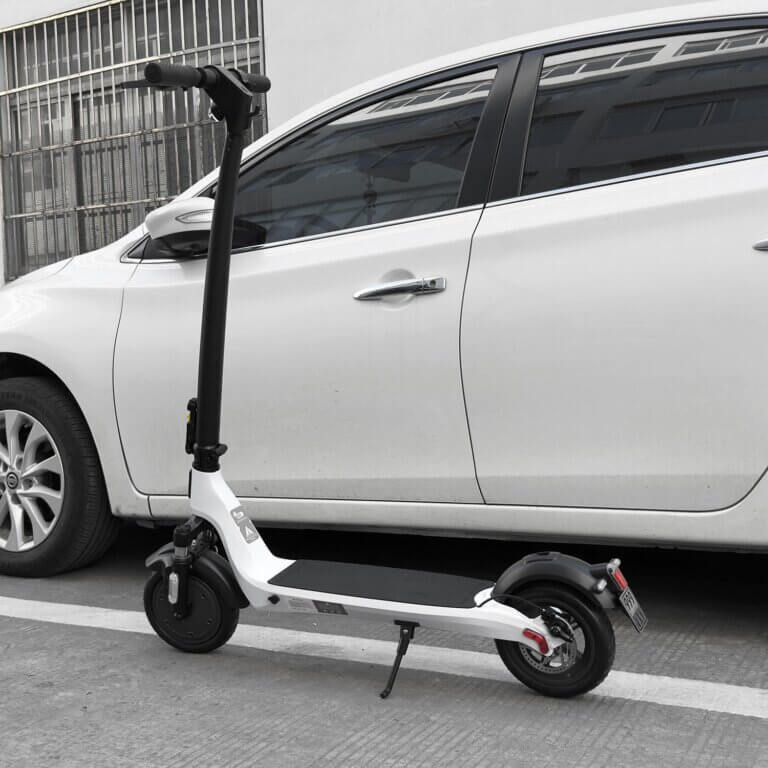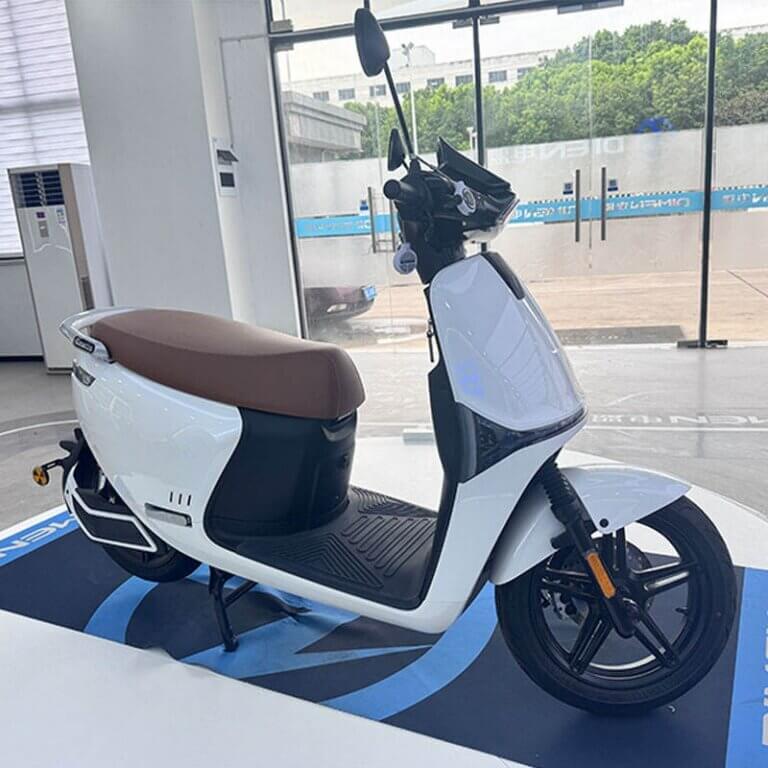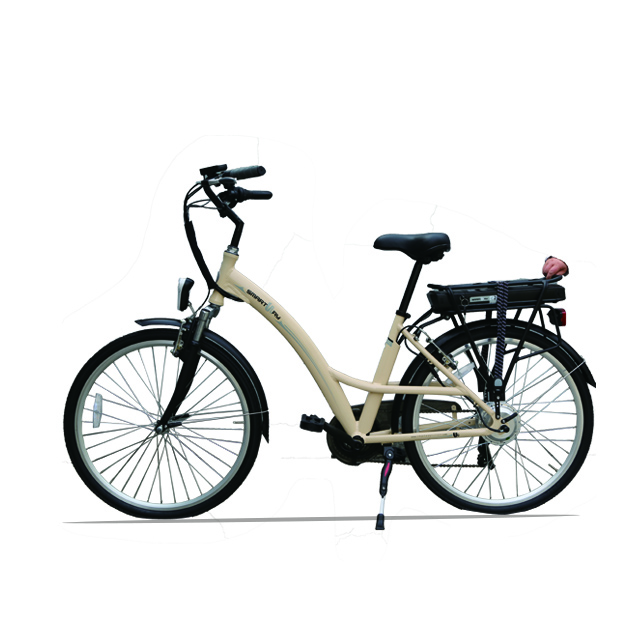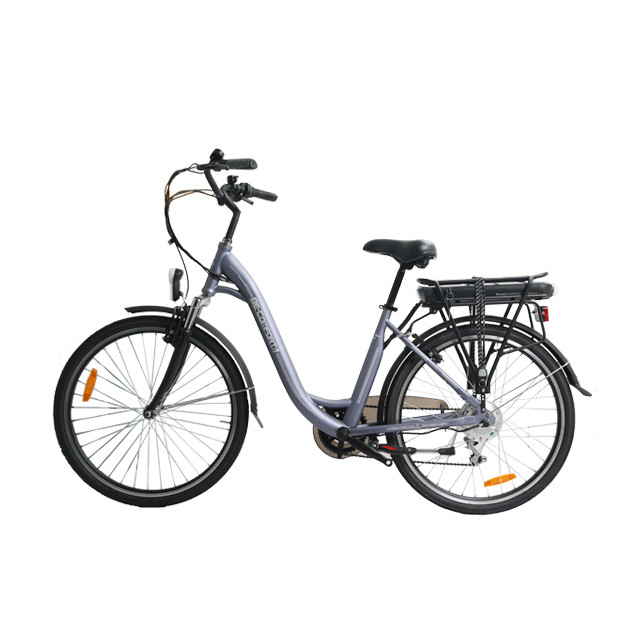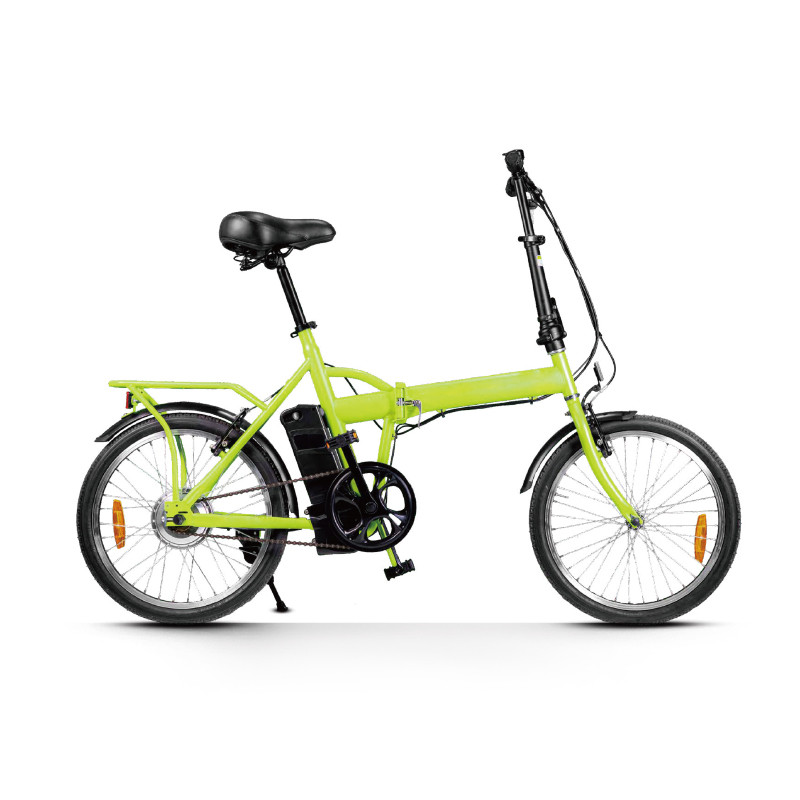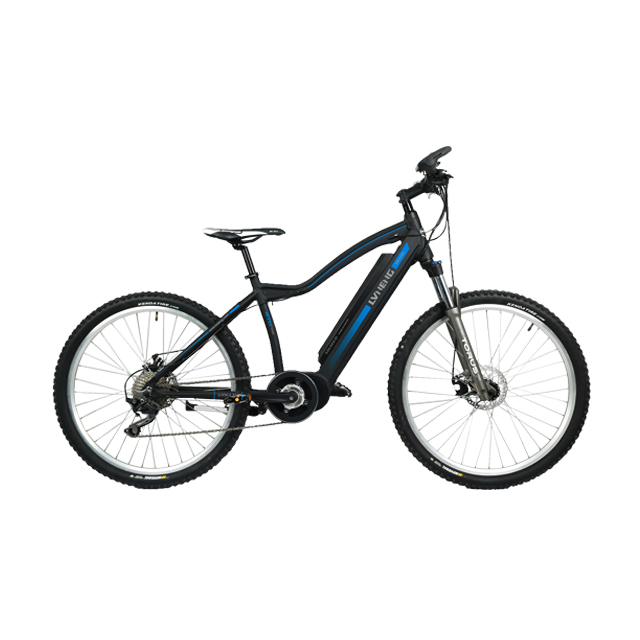-
414 Block B, ZT Times Plaza, Wuhan, Hubei, China
Blog
E-Scooter Throttle Problems: Causes and Fixes
Summary
E-scooter throttle problems are a prevalent concern among riders, affecting the performance and safety of these increasingly popular modes of urban transportation. Throttle issues can manifest as unresponsiveness, intermittent functionality, sticking sensations, or lagging acceleration, often leading to hazardous riding conditions. Understanding these problems is crucial, as they not only hinder the overall riding experience but also pose significant safety risks, including accidents and injuries. Addressing throttle concerns through regular maintenance and timely repairs can greatly enhance rider safety and scooter reliability.
The causes of throttle problems typically involve a combination of electrical issues, physical damage, improper calibration, and battery or controller malfunctions. Common culprits include loose or frayed wiring, dirty throttle mechanisms, and deteriorating components that can impede throttle responsiveness. Many riders may find themselves frustrated by inconsistent performance, underscoring the need for effective diagnostics and repairs. In severe cases, ongoing issues may necessitate professional assistance to ensure proper function and rider safety.
Controversies surrounding e-scooter throttle problems often relate to broader discussions about urban mobility safety standards and regulations. Many cities lack comprehensive oversight for e-scooter use, leading to inadequate safety measures that fail to address the unique challenges these vehicles present. As incidents involving e-scooters rise, there is growing advocacy for stricter safety regulations and improved infrastructure to protect both riders and pedestrians. Furthermore, addressing mechanical issues, such as throttle malfunctions, is essential to mitigate the risks associated with e-scooter use, making maintenance a crucial aspect of rider responsibility.
Overall, navigating the complexities of e-scooter throttle problems requires awareness and proactive measures from riders, manufacturers, and regulatory bodies alike. By emphasizing the importance of proper maintenance, diagnostics, and adherence to safety standards, stakeholders can contribute to a safer and more reliable e-scooter experience for all users.
Common Throttle Problems
Throttle issues are among the most frequent problems faced by e-scooter riders. Identifying and addressing these problems can ensure a smoother and safer riding experience.
Throttle Not Responding
One of the most common issues is the throttle not responding at all. Possible causes for this problem include loose or dirty wires, a faulty throttle handle, or a bad controller. To diagnose this, it’s essential to examine the throttle for any visible damage, such as cracks in the housing or a sticking grip. Additionally, checking the electrical connections for any signs of wear or disconnection can be crucial.
Intermittent Throttle Response
Another frustrating issue is an intermittent throttle response, where the throttle seems to operate erratically, responding at times and failing at others. This inconsistency can often be attributed to loose wiring or worn components. Riders may experience a delay in acceleration or a lag when releasing the throttle, which can be indicative of underlying electrical issues.
Throttle Sticking
In some cases, the throttle may feel like it is sticking or does not return to its resting position correctly after being released. This can happen due to dirt or damage within the throttle mechanism, impacting safety and handling. Riders should inspect the throttle for obstructions or wear that might contribute to this sticking sensation.
Throttle Feeling Loose
A throttle that feels loose may indicate a problem with the grip or the internal components. If the rubber grip is not secured properly, it can slide and interfere with the throttle’s functionality, potentially causing it to remain stuck in a downward position, leading to unintentional acceleration.
Lagging Acceleration
Some riders report lagging acceleration, reminiscent of shifting gears in a mechanical vehicle. This symptom can suggest that the battery is not supplying consistent power under load, which may be due to battery health issues or a malfunctioning controller.
Diagnosing Throttle Issues
Diagnosing throttle problems often starts with a careful examination of the throttle and its connections. Riders should ensure that all wires are securely connected and free from damage, and they may need to use tools like a multimeter to test functionality. In some cases, professional assistance might be necessary, especially if the problems persist despite basic troubleshooting. Addressing throttle issues promptly not only enhances the riding experience but also contributes to overall safety on the road.
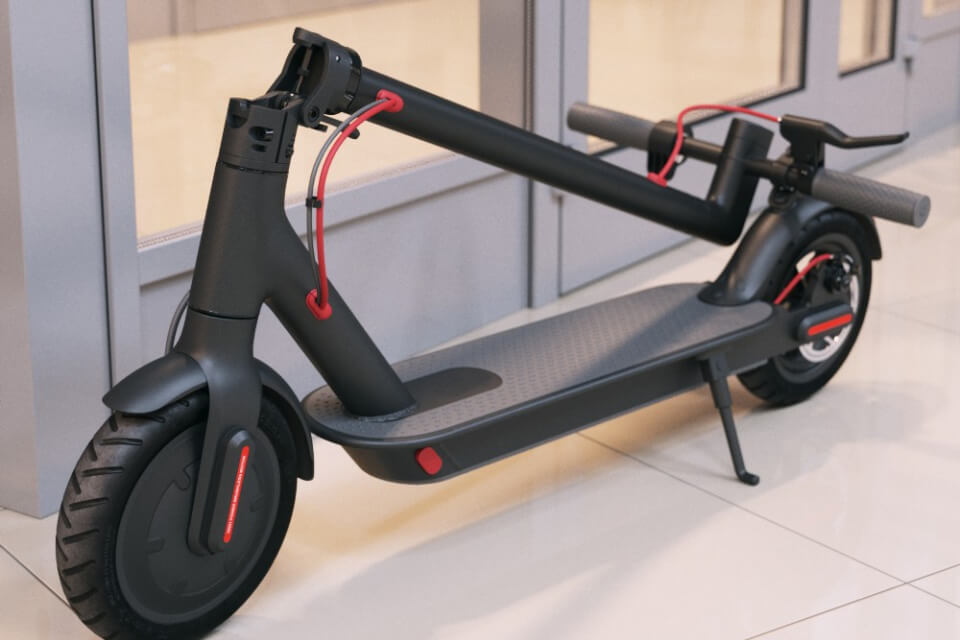
Causes of Throttle Problems
Throttle problems in electric scooters can stem from various issues that affect performance and safety. Identifying the root cause is crucial for effective troubleshooting and repair.
Electrical Issues
One of the most common causes of throttle problems is related to the electrical connections. Loose or frayed wires can lead to intermittent throttle response, where the throttle may sometimes fail to engage or respond properly. Damaged wiring, such as cuts or fraying, can disrupt signals, resulting in inconsistent throttle functionality. Additionally, faulty connectors or a malfunctioning throttle can hinder proper operation, which might require further diagnostics or replacement.
Physical Damage
Physical damage to the throttle can also contribute to performance issues. Cracks or wear on the throttle’s housing may impede movement, while dirt and debris accumulation can cause the throttle to stick or feel rough during operation. Regular inspection for physical damage and a gentle cleaning routine can help prevent these issues from escalating.
Calibration and Sensitivity
Improperly calibrated throttle settings can affect how the scooter responds to input. Adjusting throttle sensitivity, either to increase speed or improve ride smoothness, may be necessary if the throttle feels loose or does not engage correctly. Resetting the throttle calibration by disconnecting the battery can also resolve some issues, providing a fresh start for the system.
Battery and Controller Issues
Battery-related problems can impact throttle performance as well. A weak or faulty battery may fail to supply adequate power, while issues with the battery charger or charging port can prevent the battery from receiving a proper charge. Furthermore, the controller acts as the brain of the electric scooter; if it malfunctions, the throttle may not operate effectively, even if all other components appear to be functioning normally.
By understanding these potential causes, scooter owners can take the necessary steps to diagnose and rectify throttle problems, ensuring a smooth and safe riding experience.
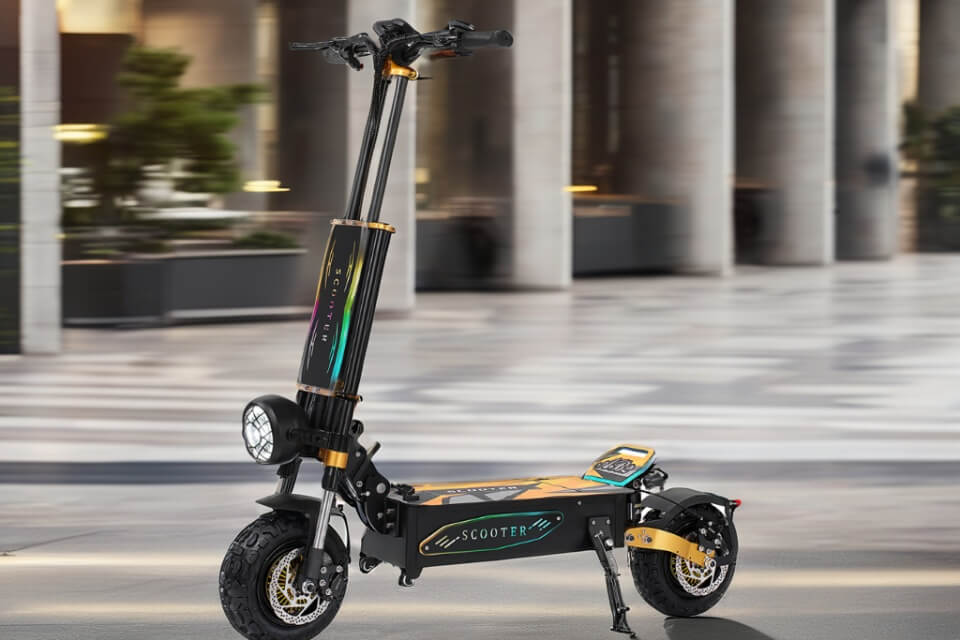
Diagnosing Throttle Problems
Diagnosing throttle problems in electric scooters involves a systematic approach to identify the root causes of issues related to throttle performance. Common symptoms of a faulty throttle include unresponsiveness, erratic speed control, or the inability to engage the motor. A careful examination of the throttle casing for any visible damage is the first step. If the outer casing appears intact, the issue may lie within the wiring or throttle mechanism itself.
Step-by-Step Diagnostic Guide
Check Connections: Start by inspecting the throttle’s electrical connections. Loose or frayed wires can disrupt the throttle’s function, leading to intermittent response or total failure. Secure any loose connections and replace damaged wires as needed. Inspect for Physical Damage: Look closely for cracks or wear on the throttle’s housing, as physical damage can impede movement and responsiveness. Any visible damage should be addressed promptly. Listen for Unusual Sounds: A sticking throttle may produce grinding or catching noises. Listening closely while engaging the throttle can help identify mechanical issues. Test with a Multimeter: Use a multimeter to check the throttle’s output voltage while engaging it. If the voltage does not change or fluctuates erratically, this may indicate that the throttle needs replacement. Additionally, testing the Hall sensors for voltage fluctuations can diagnose sensor-related issues. The voltage should alternate between high and low readings as the rotor spins; failure to do so suggests a fault. Inspect Internal Components: If the display shows error codes, refer to the scooter’s manual for specific diagnostics. Common codes may point to battery issues, motor problems, or wiring errors. Sometimes, simply turning the scooter off and on can reset the system, but persistent codes require further inspection.
By following this structured approach to diagnosing throttle problems, scooter owners can effectively troubleshoot issues and maintain optimal performance, ensuring a safer and smoother riding experience.
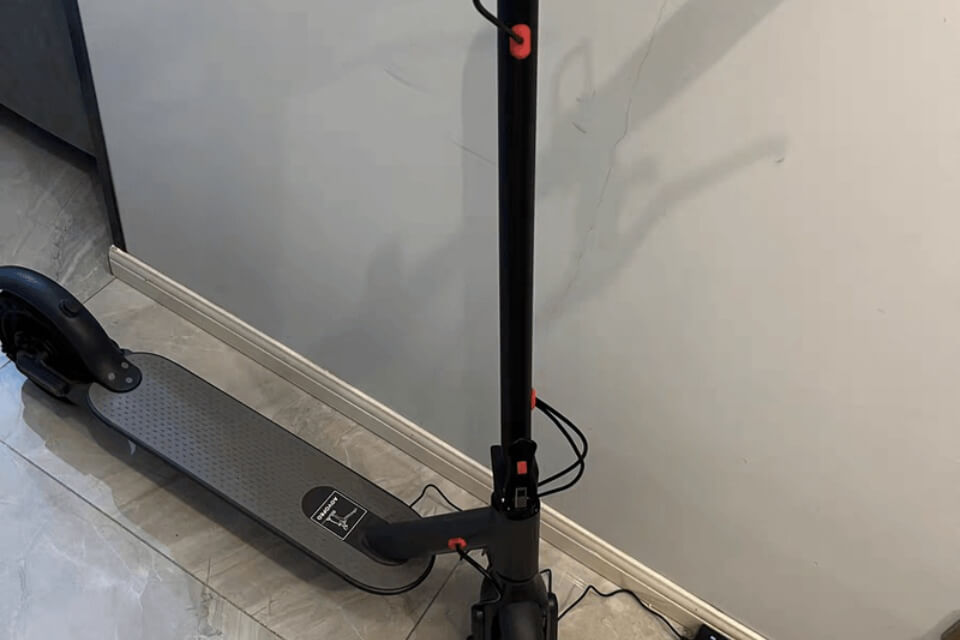
Fixes for Throttle Problems
Throttle issues in electric scooters can often be resolved through a series of troubleshooting steps and repairs. Understanding the common problems and their fixes is essential for maintaining a functional scooter.
Diagnosing Throttle Issues
Before attempting any repairs, it’s crucial to diagnose the issue correctly. Common symptoms include unresponsiveness or a sticking throttle, which may be attributed to various causes such as loose connections, dirty wires, or a faulty throttle handle. Start by examining the throttle for any visible damage or wear, and check the wiring for any disconnections or frayed cables. Use a multimeter to test for continuity in the connections, as loose or damaged wiring can lead to intermittent throttle response.
Basic Repairs
Cleaning the Throttle
Regular maintenance is key to preventing throttle problems. Cleaning the throttle area can help ensure it moves smoothly. Use a damp cloth to clean the exterior and compressed air to clear out any debris that may have accumulated inside. If dust and dirt cause the throttle to stick or feel rough, a gentle clean can prevent long-term damage.
Checking Connections and Components
Inspect all connections to ensure they are secure and free from damage. Loose connections can lead to performance issues. If the throttle is still unresponsive, it may be necessary to check internal components like the potentiometer or throttle trigger, which can wear out over time. Depending on your scooter model, these components might be replaceable individually or require a new throttle assembly.
Replacing the Throttle
If the throttle is beyond repair, replacement may be the best option. To install a new throttle, disconnect the battery and follow the manufacturer’s guidelines for installation. Ensure all connections are tight and secure, and test the throttle’s functionality before closing the casing.
Advanced Troubleshooting
If basic fixes do not resolve the issue, further troubleshooting may be required. Consider checking the scooter’s speed controller and fuses, as these can affect throttle performance. Testing the controller with a multimeter can help determine if it is functioning correctly. Look for burnt or discolored components that indicate potential failure, especially in the power transistors and capacitors.
When to Seek Professional Help
While many throttle issues can be addressed at home, certain problems may require professional assistance. If performance problems persist despite basic repairs, or if you encounter complex electrical issues, consulting a trained technician is advisable. Recognizing the limits of DIY repairs can help maintain the health of your scooter and prevent further damage.
Preventative Measures
Preventative maintenance is essential for ensuring the optimal performance and longevity of an electric scooter’s throttle system. Regularly attending to your scooter can prevent many common issues from arising and keep your ride smooth and safe.
Routine Inspections
Make it a habit to conduct routine inspections of your scooter. Check for loose screws, bolts, or cables before every ride. Pay attention to the handlebars and wheels to ensure nothing is wobbly or out of place. It’s also crucial to examine the brakes to confirm they function properly. Implementing a checklist can help you systematically address potential problems during your inspections.
Battery Care
Proper battery maintenance is vital for the overall health of your electric scooter. Charge the battery only as long as necessary and avoid overcharging, as this can lead to damage over time. Store the scooter and battery in a cool, dry location, as extreme temperatures can adversely affect battery life. Regular use of the scooter also helps maintain battery health, as prolonged periods of inactivity can shorten its lifespan.
Tire Maintenance
Regularly inspect your scooter’s tires for wear and proper inflation. Rotating the tires periodically can help ensure even wear, enhancing safety and performance. Be vigilant for any signs of damage or underinflation, which can lead to reduced efficiency and increased risks while riding.
Cleaning and Lubrication
Keeping the throttle and moving parts clean is paramount. Use a damp cloth to clean the exterior and compressed air for tight spaces, which helps remove dirt, moisture, and debris that could lead to mechanical issues. Regularly lubricating the moving parts can also reduce friction and wear, contributing to smoother operation.
Environment Protection
Protecting your scooter from the elements is another key preventative measure. Store your scooter in a sheltered location to avoid moisture-related problems, which can cause corrosion in internal parts. Additionally, consider using a cover when not in use to provide an extra layer of protection against environmental factors.
Professional Maintenance
In cases of persistent issues or when you notice significant performance drops, it is wise to seek professional help. Local repair shops can provide expert diagnostics and repair services, ensuring your scooter remains in top condition. This not only saves you time but also prevents further damage that could arise from neglecting underlying problems.
By incorporating these preventative measures into your maintenance routine, you can significantly enhance the reliability and longevity of your electric scooter, providing a more enjoyable and safe riding experience.
Safety Standards and Regulations
Importance of Safety Regulations
Strict law enforcement plays a crucial role in enhancing safety measures for e-scooter and e-bike users. However, enforcement often prioritizes motor vehicle violations, leading to a lack of oversight regarding e-scooter and e-bike infractions. This oversight may encourage unsafe practices among users. A culture of safety can be fostered by holding all road users accountable to the same standards, which not only deters reckless behavior but also promotes shared responsibility for road safety.
Proposed Legislative Measures
To address the safety risks associated with e-scooters and e-bikes, experts recommend several legislative measures. These include implementing helmet legislation and speed restrictions aimed at reducing injuries and fatalities. The effectiveness of existing laws for traditional scooters and motorcycles is under debate, as they may not adequately regulate newer vehicles like e-scooters and e-bikes. Customized laws that specifically address the unique challenges posed by these vehicles are needed as they become increasingly integrated into urban transport systems.
Helmet Certification and User Responsibility
The current helmet certification requirements may require updates to ensure adequate protection for e-scooter and e-bike riders. Currently, only the U.S. Consumer Product Safety Commission regulates bike helmets, which must pass tests to prevent skull fractures and fatal head injuries. However, these basic protections may not suffice for all users, particularly in high-risk scenarios. Moreover, property owners may also be held liable for accidents if hazardous conditions on their property, such as poorly maintained sidewalks or unsafe parking areas, contribute to injuries sustained by riders.
Government Accountability
Government agencies also bear responsibility for maintaining safe road conditions for e-scooter and e-bike riders. If inadequate infrastructure, such as potholes or poorly designed bike lanes, leads to accidents, the local government may be held liable. Prompt action is necessary for individuals wishing to initiate claims against government entities, as time limits for filing claims can range from six months to one year depending on the jurisdiction.
Enhancements in Safety Technology
In addition to regulatory measures, advancements in technology are expected to enhance rider safety. Innovations like anti-lock braking systems (ABS), LED lights for visibility, and collision avoidance systems are being developed to improve the safety of e-scooters and e-bikes. While these safety features may not fully match the automated safety technologies available for motor vehicles, their development is essential for the overall improvement of micromobility safety.
Case Studies and Incidents
Overview of E-Scooter Incidents
Large-scale studies detailing E-scooter-specific injury patterns remain limited, with most existing research primarily retrospective in nature. A prospective observational multicenter study conducted in Berlin identified various trauma mechanisms and injury patterns associated with E-scooter use, aiming to shed light on the prevalent risk factors. This study included 248 patients, predominantly male, with a median age of 29 years, illustrating the demographic most commonly affected by E-scooter-related incidents.
Injury Patterns
The injury patterns observed in this study revealed a significant incidence of multifocal injuries, predominantly affecting the lower (42%) and upper limbs (37%), along with a notable 40% incidence of head injuries. Traumatic brain injuries were often linked to alcohol consumption among users, highlighting a critical risk factor associated with E-scooter use. Furthermore, 25% of the patients required inpatient admission, and 23% underwent surgical interventions, indicating the severity of many injuries.
Causes of Incidents
Analysis of the incidents revealed that many E-scooter riders experienced falls due to a loss of control, which was frequently attributed to inattention, improper use, or violation of traffic regulations. Interestingly, unlike bicycles, where collisions with motor vehicles are a major cause of accidents, E-scooter incidents predominantly occur without external interference. A significant number of incidents occurred on pavements, leading to injuries not only to riders but also to pedestrians, with 5% of the recorded cases involving pedestrian injuries.
Recommendations for Safety Improvements
Based on the findings, the study advocates for stricter regulations regarding E-scooter usage, such as mandating helmet use, imposing limits on alcohol consumption, and enhancing vehicle safety standards. The authors emphasize that improving rider education and enforcing traffic laws could mitigate the frequency and severity of E-scooter-related injuries, ultimately promoting safer use of these micromobility vehicles.
Additional Observations
In addition to the physical injuries documented, issues with the E-scooter’s throttle mechanism were noted as a contributing factor to incidents. Riders reported problems like intermittent throttle response and sticking throttles, which could significantly impact rider control and safety. Addressing these mechanical issues through routine inspections and maintenance could also play a role in reducing the risk of accidents and enhancing overall rider safety.
This amalgamation of data highlights the necessity for ongoing research into the safety challenges posed by E-scooters as their prevalence continues to rise in urban environments.





